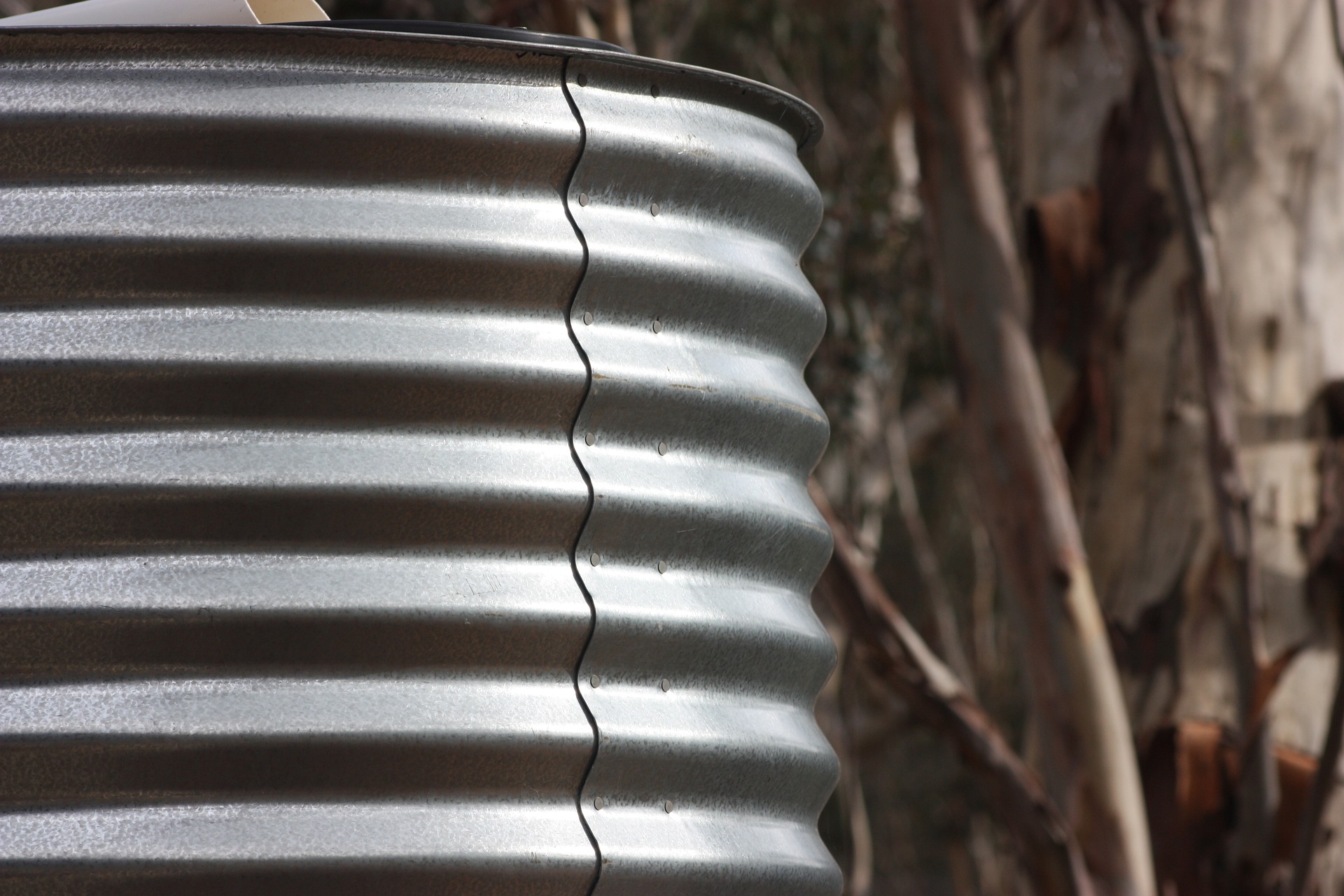
When you live in a dry and arid area, rainstorms can sometimes be hard to come by. These areas are very prone to droughts that could prove devastating to persons and property. The rains that do come are very few and sparse, so you try to collect as much rainwater as you can, not only as greywater but as drinking water—with the right cleaning and filtration methods and systems employed. Therefore, installing a water tank in your property is seen as a great need nowadays with temperatures increasing over time and water shortages recurring to conserve current water levels.
Not only have private properties in agricultural and rural areas seen the advantages of water tanks, but the city and suburban areas have also adopted the idea of the water tank installation. As using municipal water other than for drinking may result in fees and penalties, steel water tanks are the way of the future for water storage. But do you really need to install a steel water tank in your area? Let’s take a look.
What are water tanks?
Simply put, a steel water tank is a container made to store huge quantities of water for a wide variety of uses. This includes irrigation for agriculture, fire suppression, farming and livestock, food preparation and drinking water, as well as in chemical manufacturing and many other uses.
Water tanks, though not exactly inexpensive, are great investments to help you save money and help conserve the environment, with some tanks outliving their owners. Water tanks come in many forms and many materials, specifically poly plastic materials, earthenware, fibreglass and, more commonly, steel water tanks.
Why do I need a steel water tank?
Steel water tanks are useful in rainwater harvesting, which is most needed in arid and dry areas but an increase in its usage has been noticed in urban areas. The collected rainwater may then be used for
-
agricultural irrigation;
-
doing chores around the property (watering the garden, doing the laundry, etc.); and
-
drinking water (with the correct filtration and cleaning equipment).
Steel water tanks cost less than other materials, as most steel designs are created from durable aluminium, stainless steel and corrugated steel, among many others. With proper care and maintenance, these can last for a long time, especially those constructed below ground where they are protected from harsh elements that may contribute to corrosion and degradation over time.
A lot of steel water tanks are lined with special materials, making them non-porous, where bacteria cannot thrive and spread and into which very little chemicals can seep. This makes the water stored in the tank virtually safe and ready to use whenever you need it. With the proper pumps and filtration devices, the stored rainwater may be drinkable. However, in some urban areas, the stored rainwater should only be used as greywater (non-drinking clean water used for other purposes).
When it has outlived its usefulness, the steel tank can be even be unbolted and removed from its spot on your property and transported easily using a forklift or other suitable modes of transportation. The steel from the tank can then be recycled and converted into materials used for construction, home improvement, etc., which makes the usage of steel tanks economical and environment-friendly.
Compared to other water tanks with similar builds and capacities, very few can match the price point and many advantages of steel water tanks. When deciding to get one for your property, make sure to consult with a reputable supplier and service provider so you can make sure you can get the most out of your investment.



Leave A Comment